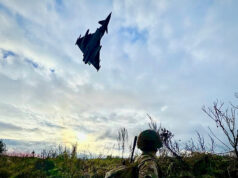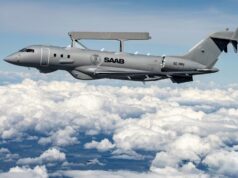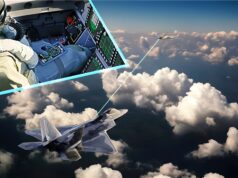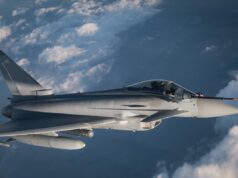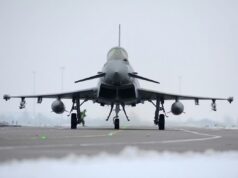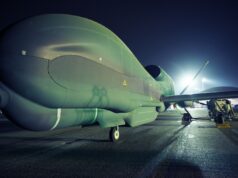Aircraft from eight NATO nations participated in a Find, Fix, Track, and Target (F2T2) exercise over Poland and the Baltic region on 30 January 2025, showcasing the Alliance’s ability to synchronise multi-domain operations and bolster regional deterrence.
Nations involved in the exercise included Denmark, Germany, Italy, The Netherlands, Norway, Poland, the United Kingdom, and the United States.
The exercise tested NATO’s capacity to integrate intelligence, surveillance, and reconnaissance (ISR) assets with strike-capable aircraft in a contested environment, a critical component of enhancing operational agility and readiness.
“Executing these multi-domain exercises ensures NATO assets are prepared to respond to any potential threat to the Alliance,” said General James Hecker, Commander of NATO Allied Air Command.
“Integration exercises offer opportunities to improve military readiness, tactical proficiency, and the agility of our forces.”
A wide range of aircraft, including F-35 Lightning II, F-16 Fighting Falcon, and Panavia Tornado fighters, along with ISR platforms and aerial refuelling tankers such as the Italian KC-767 and NATO’s Multi Role Tanker Transport Capability (MRTT-C), took part in the drills.
NATO’s Airborne Warning and Control System (AWACS) provided airborne command and control, enhancing situational awareness and operational coordination.
The F2T2 exercise required participants to locate and track potential targets, followed by the coordination of simulated strikes within strict timeframes. The exercise is part of NATO’s strategy to improve Counter Anti-Access/Area Denial (C-A2AD) and Integrated Air and Missile Defence (IAMD) capabilities, addressing key operational priorities for NATO’s air forces.
These exercises are vital for ensuring NATO’s ability to deter threats effectively. They also demonstrate how various assets work together to create a comprehensive operational picture and enhance the speed of decision-making, a critical requirement in contested airspace.
The F2T2 mission further aligns with NATO’s commitment to maintaining operational readiness ahead of Ramstein Flag 2025, a large-scale airpower exercise scheduled in the coming months. This iteration of Ramstein Flag will build on lessons learned from exercises like F2T2 and further NATO’s capability to protect Allied airspace.
At the UK Defence Journal, we aim to deliver accurate and timely news on defence matters. We rely on the support of readers like you to maintain our independence and high-quality journalism. Please consider making a one-off donation to help us continue our work. Click here to donate. Thank you for your support!



